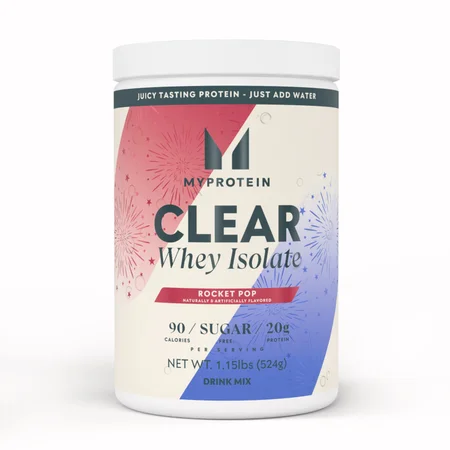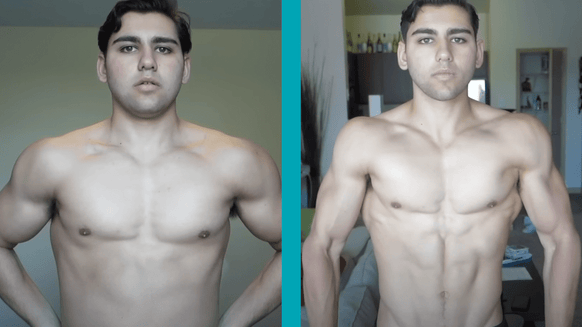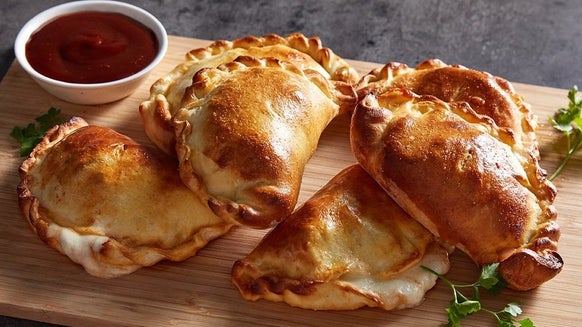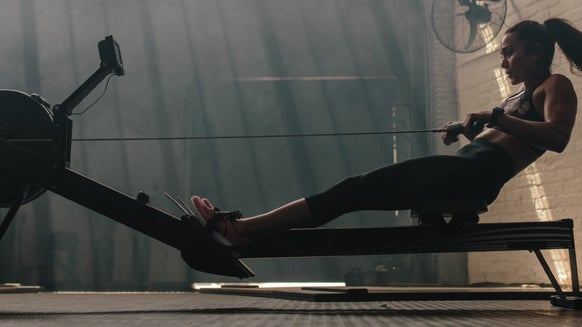Exercises To Boost Your Netball Skills
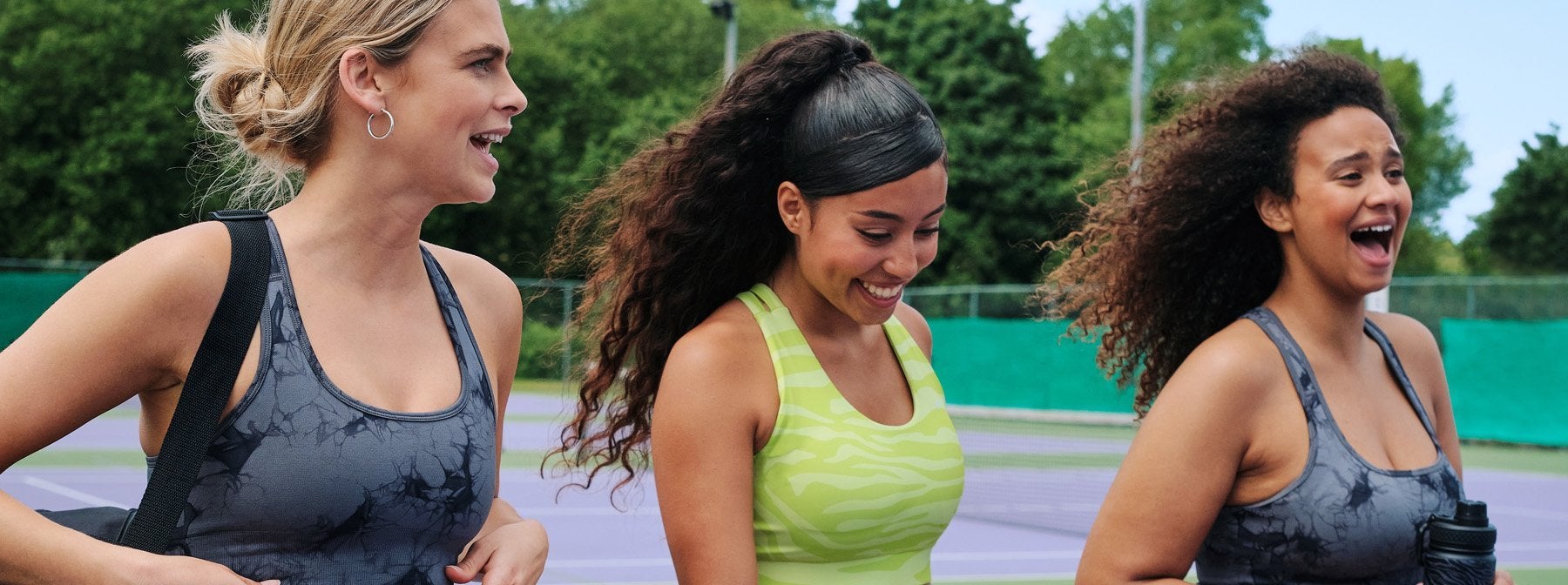
Netball has more than 20 million participants across the world, and world netball is working closely to see it become an Olympic sport in 2032 for when the Olympics returns to Australia. We know that netball is predominantly a female sport, however over the years, there has been increased participation from both males and females within the sport.
Netball has evolved continuously over the years from the traditional slow and steady school-based sport to one that is faster, tougher, and more tactical than ever.
To be the best you must make sure you’re training like the best, and netball players now need to be both strong, fast, and fit to be able to compete. From quick reactions on and off the ball, changes in speed, and strength to hold your ground, we’ve got the best exercises to add into your routine to make sure you can improve your skills on court.
Why Do Exercises to Help You Improve Your Skills?
To be the best well-rounded player, it is important for individuals to work not only on the technical aspects of their chosen position but also on their physical strength, speed, and agility. The best netball players have great balance, strength, endurance, agility, and power - these are all built off the court.
By ensuring you have a well-rounded training program to supplement your sport, specific training can help you hone in on being the best player possible. A lot of skills in netball require you to be able to react quickly or hold strong in space, and a mixture of pyrometric, strength, and cardio training can ensure that you will see an improvement on the court.
We’ve pulled together a selection of exercises that will hit the whole body to help you build strength and speed, so next time you take to the court you’ll be unstoppable.
Barbell Squats
Squats are one of the most important exercises for anyone but especially for netball players. Squats are king when it comes to building leg strength, let alone the additional muscles in your core and upper body which are needed for stabilization.
Netball requires a lot of running, jumping, and change of direction so it’s important to make sure your legs are strong, and there’s no better way of doing that than with squats. It’s also possible to adapt the number of reps, weight, and time under tension to make sure you’re working both strength and endurance.
- Start by stepping under the barbell so it sits across your upper back, hold on with an overhand grip about two-hands width from your shoulder, tuck your elbows under and hug the bar into your traps while engaging your upper back.
- Stand slowly and take the weight off the bar, take a step backwards out of the rack, and set your feet just outside of hip width.
- Start the movement by keeping your head up, back straight, and driving your bum back and down. Maintain tension throughout the movement.
- Continue to lower down until your hips are in line with your knees at 90 degrees. Hold at the bottom of the movement for 1-2 secs before driving through your feet into the floor to push yourself back up. Keep your core braced throughout, at the top hold for 1-2 secs and repeat.
Deadlifts
When it comes to building overall power and strength, there is no movement like the deadlift. This movement is another important exercise for anyone who’s looking to build strength, speed, power, and muscular endurance. Deadlifts help to improve movement patterns, posture, and have many overall health benefits too.
There are many different variations which can be used to vary your training as well as single leg variations to help improve balance and stability. As with the squat, you can also adapt the number of reps, weight, and time under tension to make sure you’re working both strength and endurance too.
- Position your feet hip-width apart and grip the floor with your feet. Maintain a relatively vertical shin angle. Bring your shoulders over the bar, and hinge at the hip, driving your bum down towards the floor.
- Contract your lats, pulling them back and down, using the bar to pull your body in tight and lift your chest to set you back.
- Take a deep breath in, engage your core, and drive through the floor with your legs, keeping the bar tight to your body.
- Lock your hips out at the top, engaging your quads, glutes, and lats.
- Maintaining tension in your core, hinge from your hip, and, maintaining a tight bar to the body, return to the starting position in a controlled, lowering movement.
SHOP THE LOOK:
Medicine Ball Chest Throws
Passing is one of the key skills when it comes to netball - being a strong passer is a great skill to have to be able to put the ball into space for your teammates or receive and pass a ball on the run without losing power.
Building a strong upper body will help you retain possession but also improve your ability to deliver a strong pass when needed. Using the medicine ball, chest throws allow you to hone in on passing skills but also build strength in the upper body.
- Start by standing opposite a wall, feet hip-width apart, knees soft and your core engaged.
- Hold the medicine ball at chest height, with one hand on either side of the ball. Make sure to keep your chest lifted and your back engaged.
- Start the movement by exhaling as you extend your arms forward towards the wall, launching the medicine ball towards the wall. Make sure to drive aggressively, keeping your core engaged.
- Keeping the knees soft, catch the medicine ball on the return from the wall. Bringing back to your chest and repeat.
Box Jumps
Netball requires a lot of jumping which requires building power and strength in the lower body but also speed off the mark - that’s where box jumps come. This awesome exercise requires the entire leg muscles to work in sync as well as your core and arms to propel you up, making you both faster and stronger.
Box jumps can seem daunting at first, but there is a variation for anyone. If the height of the box is an issue, start by using plates and slowly build the height up. As you build up strength as well as reflexes, speed, and power, you’ll be able to jump higher and for longer.
- Position a ploy box flat on the ground and stand so the box is in front of you, you want to be about a foots distance away from the edge of the box.
- Stand with your feet hip-width apart, engage your back and core and drive your hips back and down into a quarter squat position.
- Once you hit the quarter squat, drive quickly up through the floor and extend the hips up to jump in an explosive movement.
- Driving yourself up, bending the knee and hips to bring your feet forward to be able to land on the box.
- Land on the box with both feet at the same time, in a quarter squat, ensuring to do this as softly as possible. Stand to finish once you are stable before stepping off and repeating.
Lateral Skater Jumps
Explosive speed and power are important for any netballer - the constant change in pace and direction of play requires players to be able to interchange from attack to defence in a second. The ball can travel from one end of court to the other in a matter of seconds and players need to be constantly moving into space or defending, so being able to dodge and change direction quickly is vital.
Lateral movements like the lateral skater jump can help you build the strength and skill to out-move your opposition, change pace in a heartbeat and be ready for anything the match throws your way.
- Stand with your legs hip-width apart, allow your hips to drive back slightly and your knees to soften.
- Start the movement by shifting your weight onto your left leg, while picking your right foot up off the ground.
- Bending your left leg at the knee to lower your hips a few inches lower, then push explosively off through your foot. Extending into a sideways jump towards the right side. Keeping your chest forward landing on your right leg, you can allow your left foot to tap the floor for stability if needed.
- Steady yourself and then repeat the movement to jump off the right leg to the left.
Plank
Whether receiving a ball high, low, on the run, or even off-balance, core strength is important, now add in another player trying to contend for that ball, it’s important you can stabilize and hold your ground.
Having a strong core in netball is super important for all aspects of the game, using the planks can be one of the best and most effective core-building exercises that keeps you working hard no matter what level you are.
- Get yourself into the press-up position and then slowly lower yourself down so your forearms are flat on the floor, hands should be clenched and elbows under your shoulders in a 90-degree angle.
- If the above position is uncomfortable, you can adopt a high plank which is in the press up position, ensuring your wrist, elbows, and shoulders are in-line.
- Pull your lats back and down, engage your core by pulling your belly button to your spine and brace.
- Keep your hips straight and down, hold here for 30-60 secs.
Take Home Message
Overall, no matter your position on the court it’s important for all netball players to work on their strength, speed, balance, endurance, and agility to be the best players they can be. This means that players need to commit both to their technical training as well as to their in-the-gym program to work on their overall strength and plyometric speed.
Ensuring you add in these variety of exercises into your program will help you build the necessary skills needed to be the best player you can for yourself and your team.
So go out there and hit the court confident in the knowledge that we’ve got you, and that adding these in means you’re training to be the best.
Want more training advice?
READ THESE NEXT:





